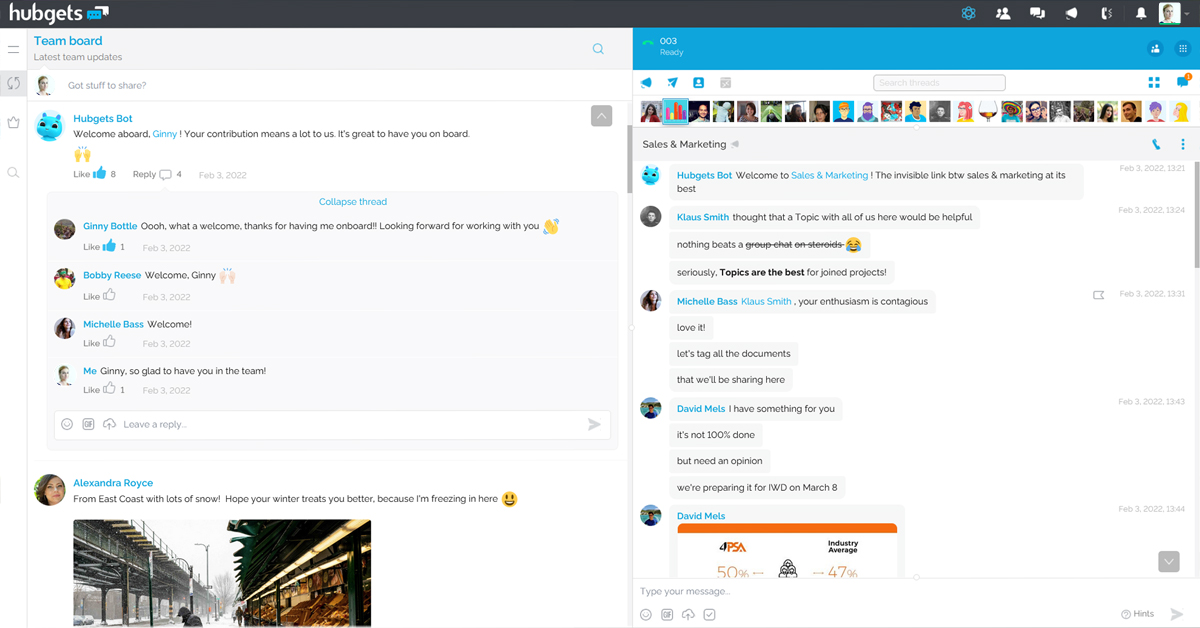In 2021, the hype dubbed as The Great Resignation spread across the media and social networks. Everybody had an opinion on the reasons why the mass quitting of employees left their old work environments. Some are still debating and making predictions on how this will continue well into 2022. But what happens after? From my point of view, it’s quite obvious. After The Great Resignation comes The Great Onboarding. Question is—are you ready to embrace it?

The great onboarding
As companies deal with spikes in turnover, they shouldn’t just focus on retention. You, and other organizations like yours, will need to onboard all of the new hires, regardless of their location, be it on-site or remote.
Thus, now is the perfect time to review your onboarding policies. This way, you’ll be ready to welcome and train your new employees effectively. Follow these steps to audit your current process and improve what’s not working. And make it ready to scale, at any time.
Identify processes that can be standardized
There are two types of training new hires need: company-wide and job-specific. Company-wide induction refers to information that any employee, regardless of position, will need to know. This includes information on:
- The tools you use internally
- Internal processes and flows
- The benefits you offer and how to request them
- The basics of applying for paid time off
This is information that can be standardized and even recorded.
While the job-specific induction isn’t as easy to replicate, you can still standardize documents and processes with templates.
Work with your HR team to identify how onboarding can be streamlined. What materials can you create to save time in the onboarding process? What should be included?
Such questions can lead to a full-blown audit of your training materials. Organize them better and you’ll improve the process overall.
Make sure your onboarding is hybrid
Through the first half of 2021, 30 percent of employees considered themselves hybrid (part-time remote) and 35 percent considered themselves to be full-time remote workers. It’s increasingly likely that your next top hires won’t be in the office (or even in the same country) when your training meetings are held.
When auditing this aspect of your current onboarding process, consider the following:
- Your ability to facilitate 1:1 training via video or phone
- Accessibility of training materials, including documents and videos
- Communication platforms and employee onboarding needs for each of these
Will your onboarding materials still work for the hybrid work environment?
Develop peer-training systems
Employee turnover is expensive. The cost of an employee quitting a company can range from one-half to two times the employee’s salary. This means an employee who earns $60,000 per year could cost $30,000 to $120,000 to replace.
You’ll feel the costs in many ways. While hiring and recruitment cost money, there’s also lost productivity as you transition that position. Managers and employees also lose productivity because they have to pick up the slack while waiting for someone new to take over. Even after an employee is hired, the time it takes to fully onboard over the course of a few months is costly.
You can decrease the cost of a new employee by setting up peer mentors and trainers. With cross-training ahead of time, more employees can play support roles during these transitions. They can also help with training new hires, working side by side with managers.
To start, identify a handful of peers on each team who can play a role in employee training. If each employee is able to give a few hours per week, the new hire can receive dedicated training without pulling productivity from any one person.
Offer an immersive experience
Your new employees will likely spend the first couple of days learning, adapting, and trying to figure things out. The last thing you want is overwhelm them. Instead, design your onboarding experience as immersive as possible.
At 4PSA, we use Hubgets to easily onboard our new team members. The platform enables teams to communicate, work together regardless of their location at any given time, hold virtual meetings, share files and bond as a team—all with one tool.

Giving new employees access to the company’s knowledge and culture, right from the beginning, greatly streamlines the whole onboarding process. We achieve that by using the Team Board and various Topics—group chats created around projects, interests or discussion topics.
Helping new team members get in touch with their peers regardless of how they work—onsite or remote—improves both team engagement and retention rates.
If you plan to welcome more team members in the coming months, whether its remote onboarding or the classical on-site process, consider investing in a platform like Hubgets.
Great onboarding creates a positive first impression
Most companies spend the first 90 days evaluating employees. However, these employees are also evaluating you. If your onboarding process is sloppy, confusing, or unhelpful, your new hires might head elsewhere.
Focus on standardizing processes, using peer mentors, and the right communication platform in order to have a clear and effective onboarding process. And remember—offering an immersive experience to your team members from the very beginning will prove helpful on the long run as well.
Ready for the Great Onboarding? We are, ask us how!
Post A Reply